HELLO,HIVE!
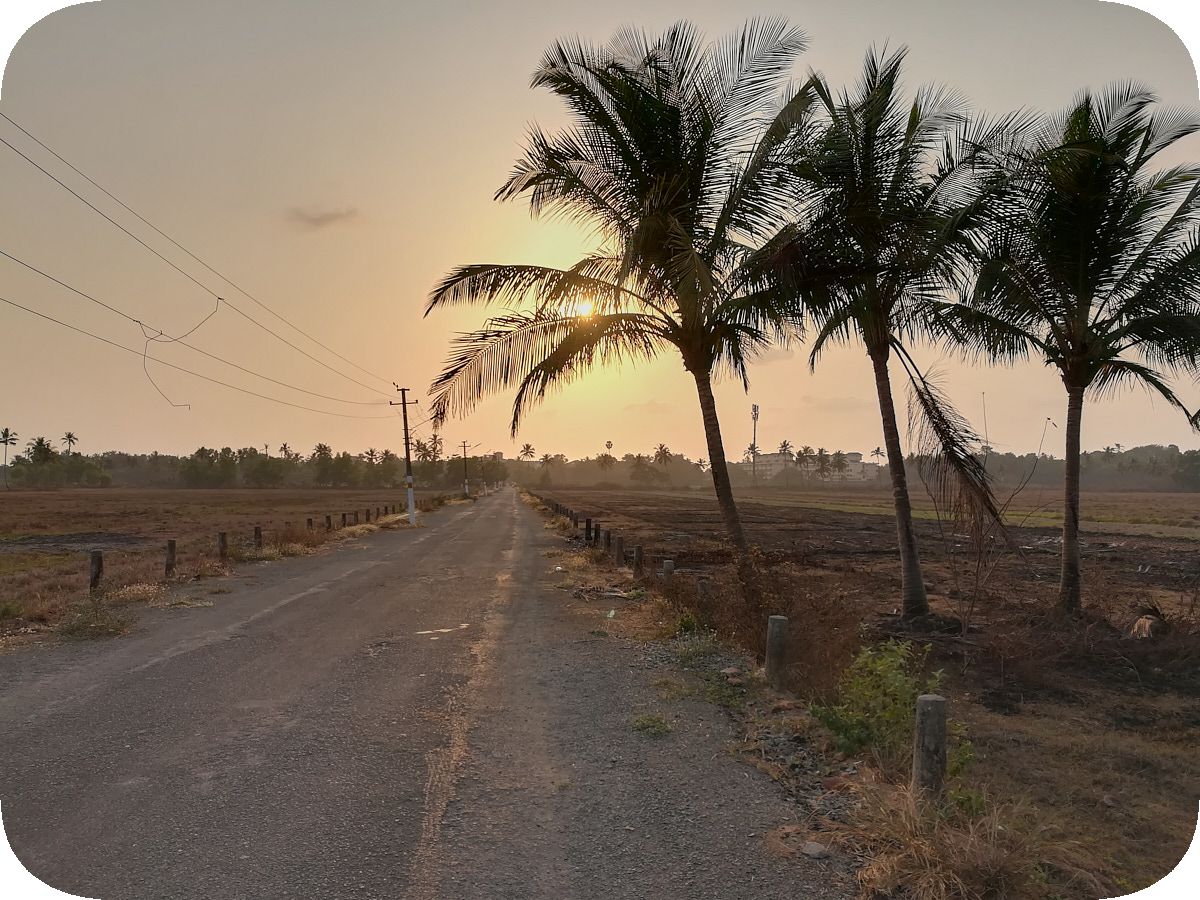
In addition to a walk to the neighboring village, we pursued quite mercantile goals. There are more shops in the Panchayat, there are fruit stalls (this is a problem in Zalor) and there are ATMs. After all, it’s always interesting just to see how people live in a foreign country. In this regard, India generously presents mountains of exoticism and bright contrasts beyond the roof. To an unprepared viewer, such pictures seem like some kind of absolute mud and bottom, into which there is no desire to go for your own money. Unsanitary conditions! Although Goa is more or less indicative of a sleek state in India, there is somewhat less garbage here than in other “non-tourist states.” Garbage is a problem for the planet, at any point, not only in Asia, alas. The Maldives sucked too! New realities of life, plastic (and this is most of the garbage) is already everywhere. And if our garbage is at least periodically covered with a layer of snow and dirt, then this is not the case here; the garbage lies openly under the rays of the scorching sun or gets wet in the rain during the rainy season. By the way, about the rains. Indian electrics command respect for their durability! Extreme work in heat of +40 and above, work in torrential rains. And somehow it still works, although power outages are normal here.
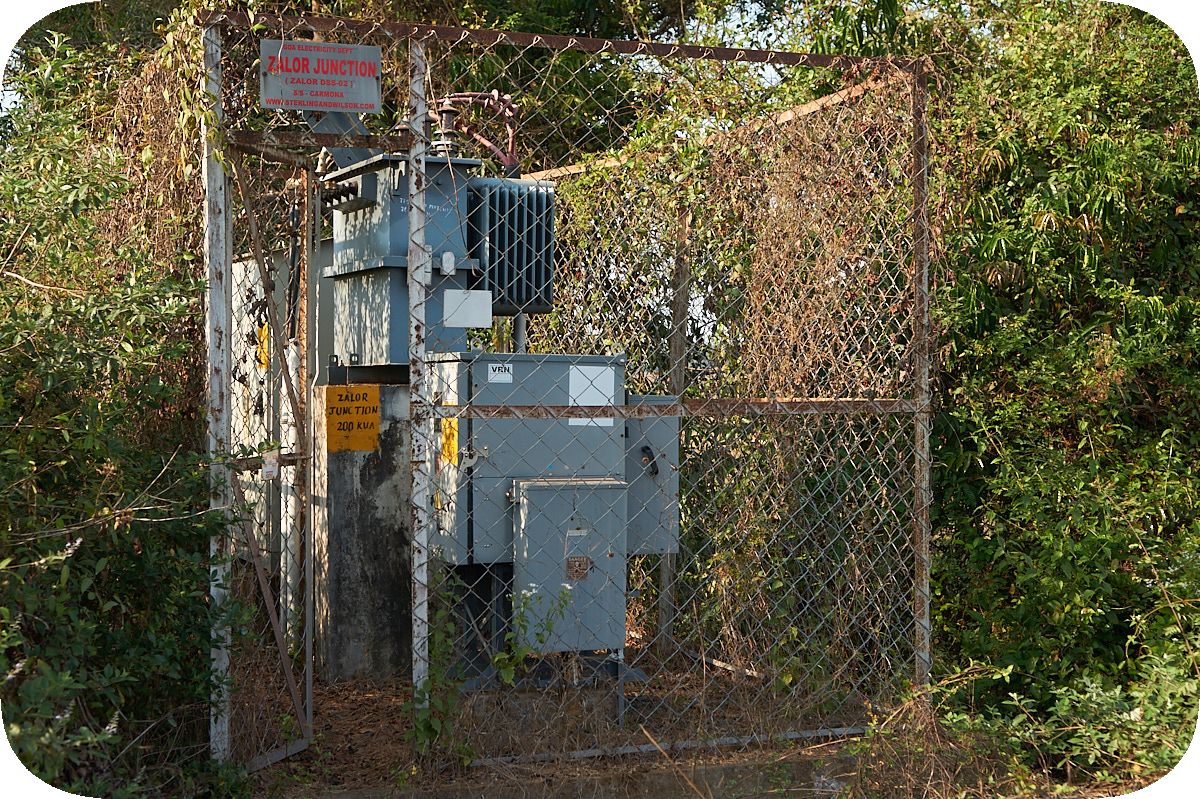
Immediately after the intersection with Fattrade Road, fields with stunted grass begin.
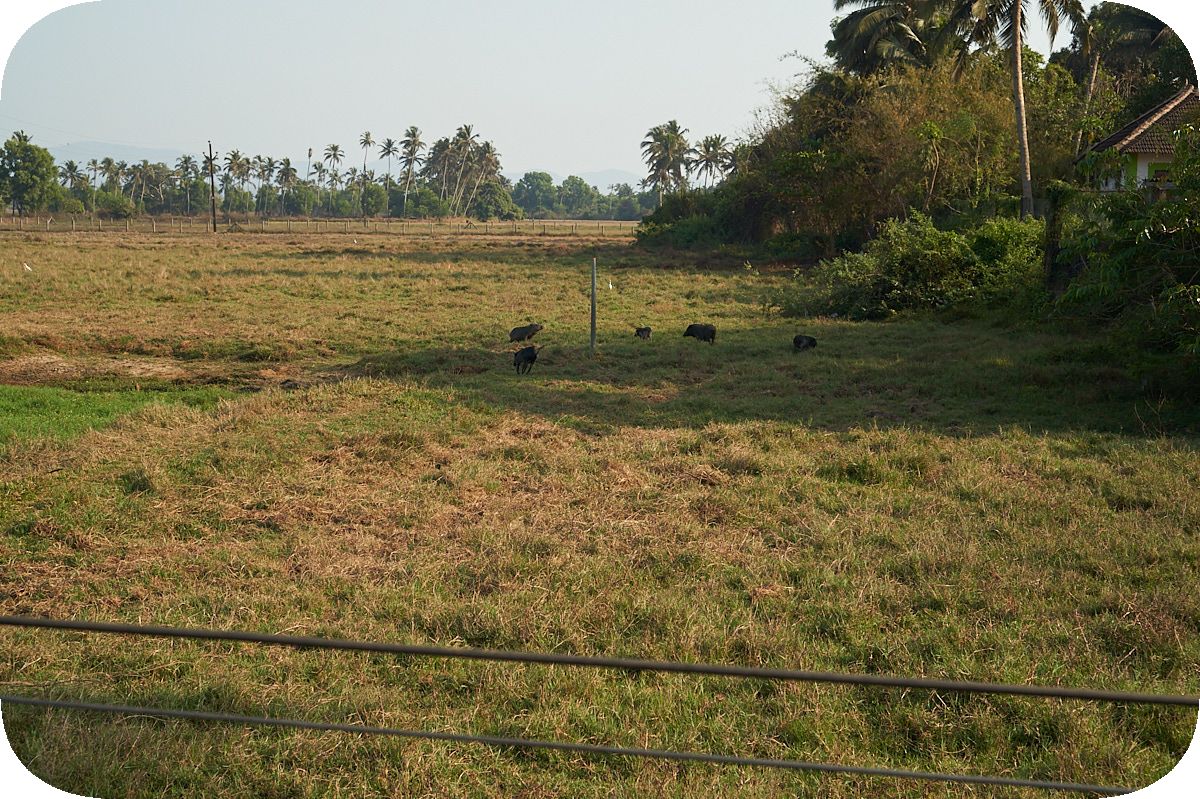
And where there are fields, there are livestock! Cows and goats grazed happily here. Small, skinny, however, this is the norm for India. By the way, a cow, of course, is a sacred animal, but in Goa you can safely order beef dishes in a cafe. The Portuguese colonial past has an effect; there are many Christian churches and Christians in Goa, therefore, for many locals, a cow is just meat.
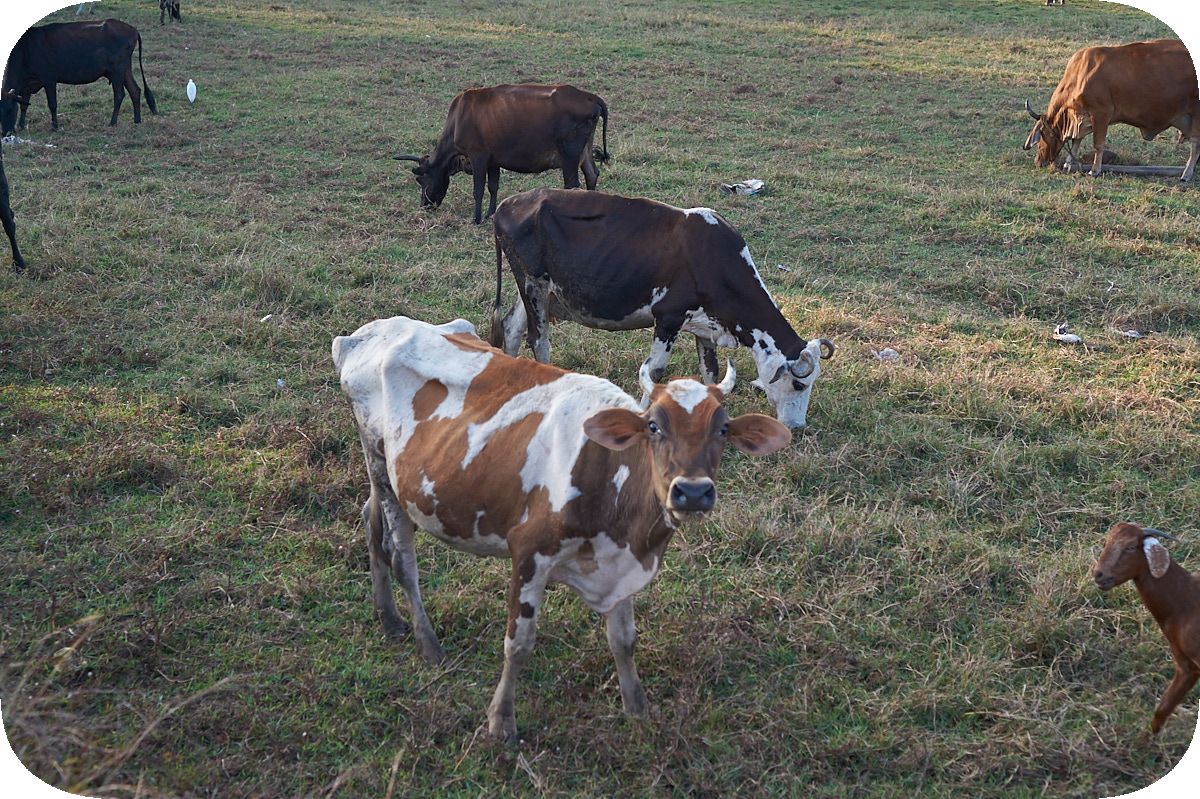
The shepherd was lying lazily in the shade, and a cheerful dog was running across the field, she was watching everything here. Where there are cows, there are birds! A must-see picture in India is white birds, most often herons, walking across a field with cows. But apparently the number 1 bird in India is the crow. There are a lot of crows here!
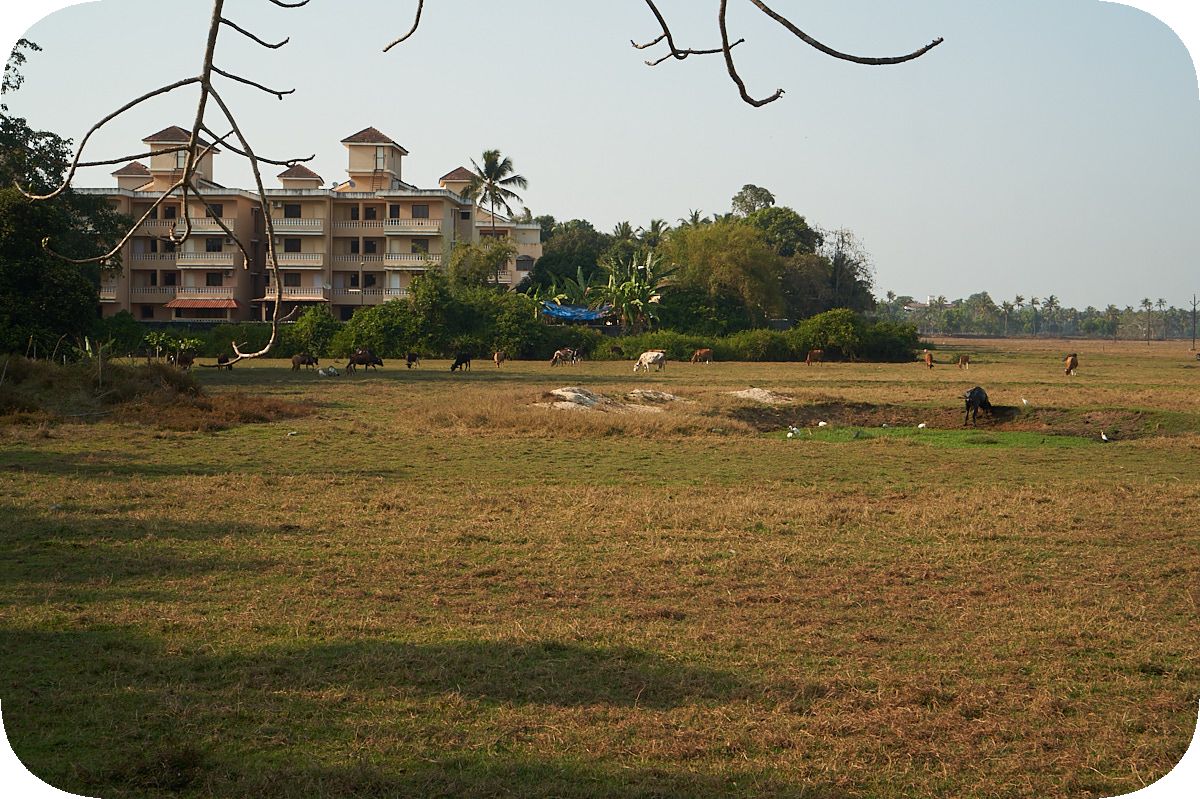
The asphalt is not bad, there are places for parking on the road. Let me remind you that in India you drive on the left, you never know. Poles with wires accompanied us all the way.
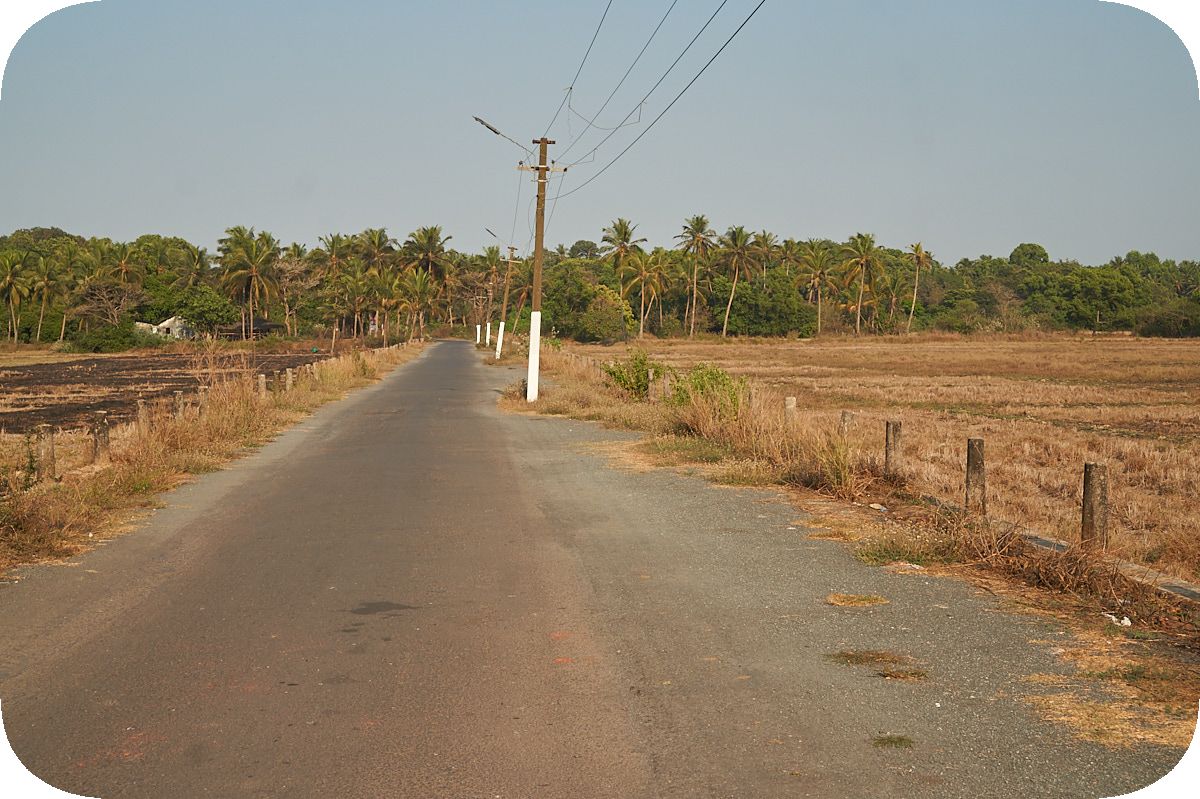
A beautiful view of the Carmona beach road against the backdrop of sunset during one of the walks. Palm trees will make any landscape exotic.

...to be continued...
●
Neben einem Spaziergang ins Nachbardorf verfolgten wir durchaus kaufmännische Ziele. Es gibt mehr Geschäfte im Panchayat, es gibt Obststände (das ist in Zalor ein Problem) und es gibt Geldautomaten. Schließlich ist es immer interessant zu sehen, wie die Menschen in einem fremden Land leben. In dieser Hinsicht präsentiert Indien großzügig Berge an Exotik und leuchtenden Kontrasten jenseits der Dächer. Für einen unvorbereiteten Betrachter wirken solche Bilder wie eine Art absoluter Schlamm und Boden, in den man sich nicht für sein eigenes Geld begeben möchte. Unhygienische Bedingungen! Obwohl Goa mehr oder weniger als ein eleganter Staat in Indien gilt, gibt es hier etwas weniger Müll als in anderen „nicht-touristischen Staaten“. Müll ist überall ein Problem für den Planeten, leider nicht nur in Asien. Die Malediven waren auch scheiße! Neue Lebensrealitäten, Plastik (und das ist der größte Teil des Mülls) ist bereits überall. Und wenn unser Müll zumindest zeitweise mit einer Schnee- und Schmutzschicht bedeckt ist, dann ist dies hier nicht der Fall; der Müll liegt offen unter den Strahlen der sengenden Sonne oder wird während der Regenzeit im Regen nass. Übrigens, was den Regen angeht. Indische Elektrogeräte verdienen Respekt für ihre Langlebigkeit! Extreme Arbeiten bei Hitze von +40 °C und mehr, Arbeiten bei sintflutartigen Regenfällen. Und irgendwie funktioniert es immer noch, obwohl Stromausfälle hier normal sind.
Unmittelbar nach der Kreuzung mit der Fattrade Road beginnen Felder mit verkümmertem Gras.
Und wo Felder sind, gibt es Vieh! Kühe und Ziegen grasten hier glücklich. Klein, dünn, das ist jedoch die Norm für Indien. Übrigens ist eine Kuh natürlich ein heiliges Tier, aber in Goa kann man in einem Café getrost Rindfleischgerichte bestellen. Die portugiesische Kolonialvergangenheit wirkt sich aus; in Goa gibt es viele christliche Kirchen und Christen, daher ist eine Kuh für viele Einheimische nur Fleisch.
Der Hirte lag faul im Schatten und ein fröhlicher Hund rannte über das Feld, sie beobachtete alles hier. Wo Kühe sind, sind auch Vögel! Ein Muss in Indien sind weiße Vögel, meist Reiher, die mit Kühen über ein Feld laufen. Aber offenbar ist der Vogel Nummer 1 in Indien die Krähe. Hier gibt es viele Krähen!
Der Asphalt ist nicht schlecht, es gibt Parkplätze auf der Straße. Ich möchte Sie daran erinnern, dass man in Indien links fährt, man weiß es nie. Stöcke mit Drähten begleiteten uns den ganzen Weg.
Ein wunderschöner Blick auf die Strandstraße von Carmona vor dem Hintergrund des Sonnenuntergangs während eines der Spaziergänge. Palmen machen jede Landschaft exotisch.
...fortgesetzt werden...
●
